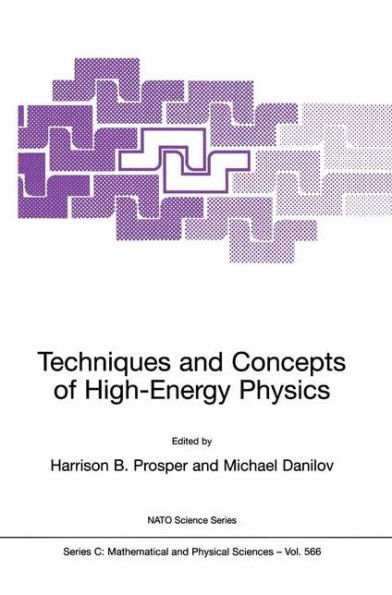Techniques and Concepts of High-Energy Physics
Proceedings of the NATO Advanced Study Institute, St.Croix, Virgin Islands, USA, 15-26 June 2000
1101305825
Techniques and Concepts of High-Energy Physics
Proceedings of the NATO Advanced Study Institute, St.Croix, Virgin Islands, USA, 15-26 June 2000
109.99
In Stock
5
1

Techniques and Concepts of High-Energy Physics
411
Techniques and Concepts of High-Energy Physics
411
109.99
In Stock

Product Details
| ISBN-13: | 9781402001574 |
|---|---|
| Publisher: | Springer Netherlands |
| Publication date: | 11/30/2001 |
| Series: | Nato Science Series C: , #566 |
| Edition description: | 2001 |
| Pages: | 411 |
| Product dimensions: | 6.10(w) x 9.25(h) x 0.04(d) |
From the B&N Reads Blog
